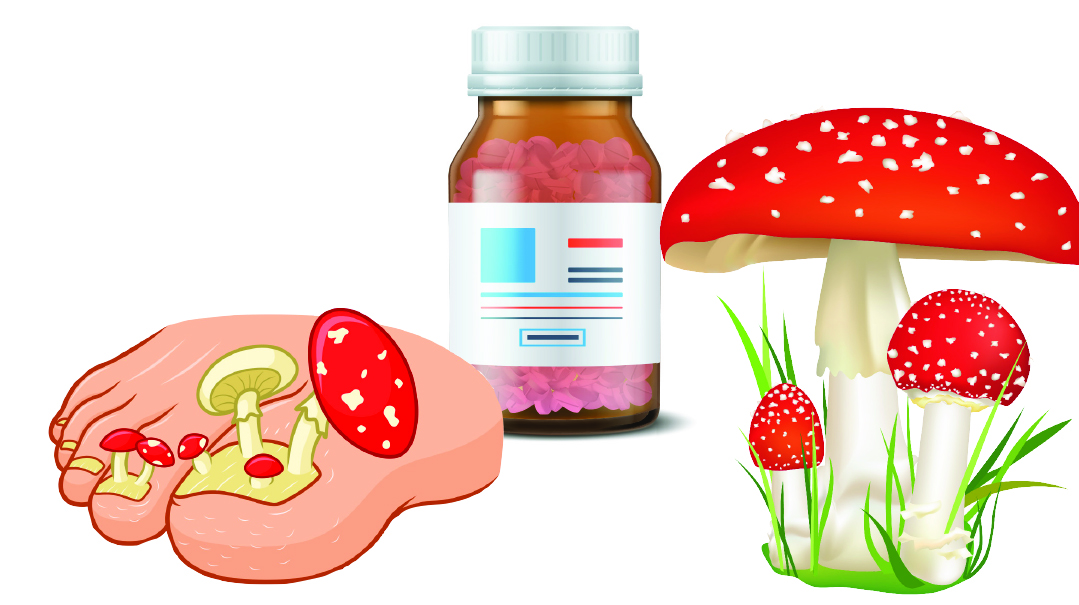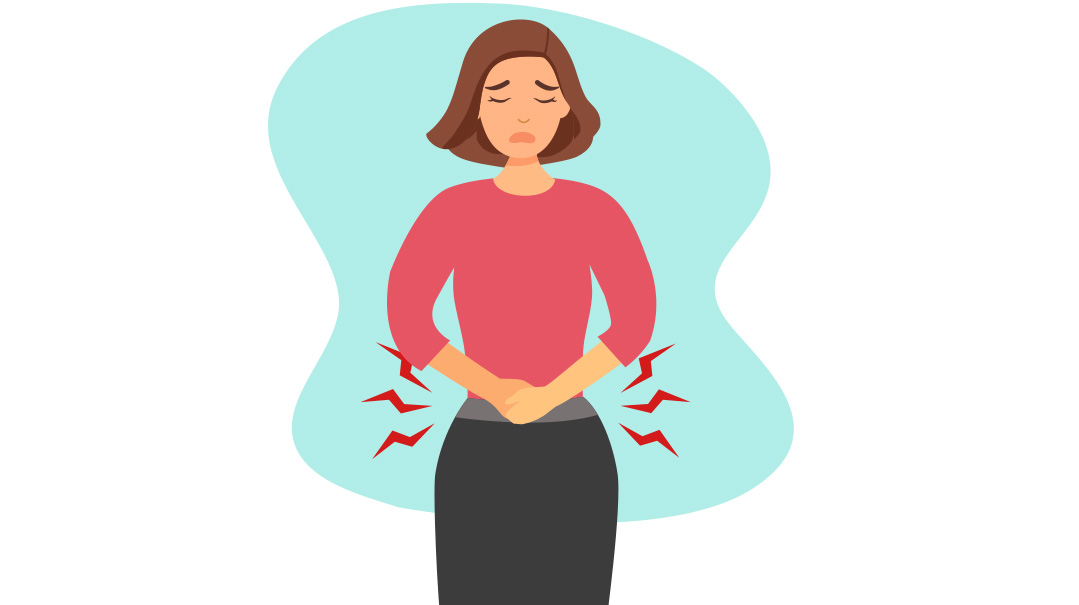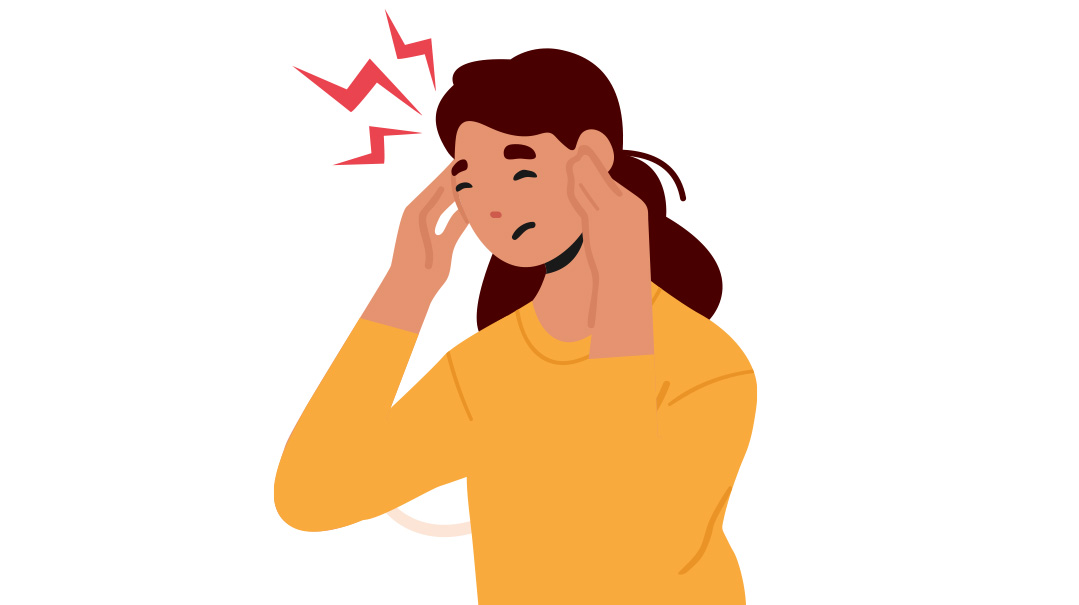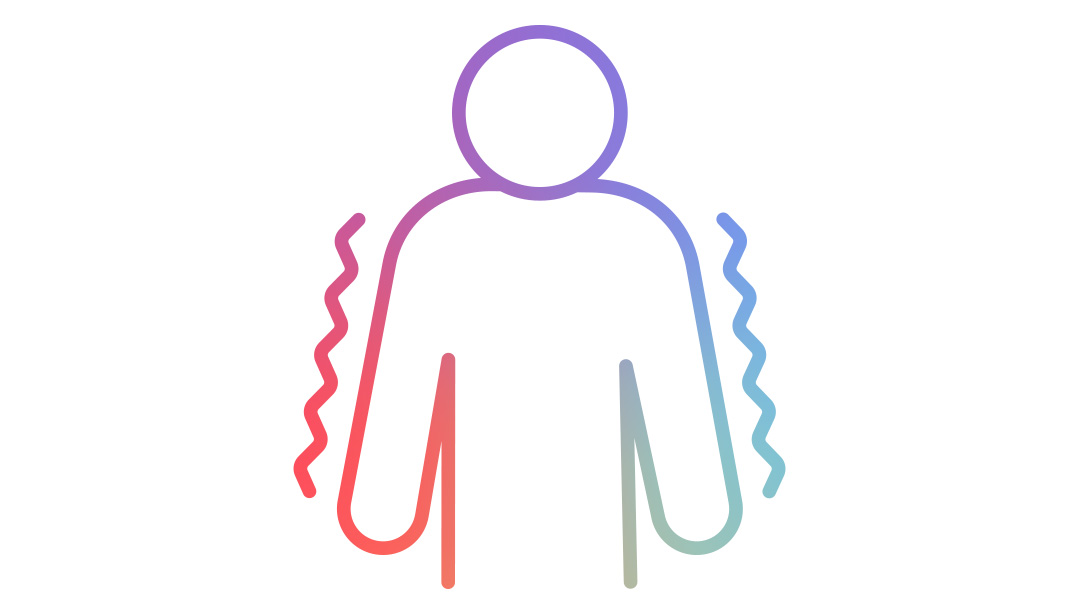Fungus
| June 15, 2021Fungi can be our friend… or foe

Funky Fungi
Q: Is it fungus or fungi? A: fungi is the plural of fungus. So, what is a fungus?
It’s not an animal, bug, or bacteria. It’s also not a plant (though it used to be considered one). So what is it? A fungus is a living organism that can vary in size from microscopic to huge. Fungi have unique characteristics, which differ from other living organisms, like plants. There are over 50,000 species of fungi living all over the world, on land, in water, on plants, and inside animals and humans. They thrive in conditions of moisture and warmth. Some kinds of fungus are helpful and play important roles in our lives. Others are harmful, and some of them can be either. Did you know that mushrooms are a type of fungus? The yummy, edible ones and the poisonous ones, too. Other types of fungi you might be familiar with are mold and yeast. Each of those can be our friend… or foe.
Our Friend, Fungus
Yeah, mold‘s gross. Especially when it’s growing in your vegetable bin or on an, um, forgotten item in your knapsack. But did you know that one of the most powerful game-changers in medical history was mold? Yes, really — antibiotics have saved millions of lives and yup, they were made from real-deal mold. Penicillin and other types of antibiotics came from fungi and have been used to treat bacterial infections since the 1900s.
Now take yeast. Where would our Shabbos challah be without it? Or rugelach, for that matter. Without yeast, we’d be stuck eating matzah all year long. Same for wine and other foods, which are made using fermentation — a process that utilizes yeast.
And sautéed mushrooms (with onions)? That’s a favorite fungus too.
When Fungi’s a Foe
Of course, there’s a darker side to fungi, too. There are some types of fungi that can cause infections. You might have heard of ringworm, nail fungus, oral thrush, and yeast infections, just to name a few. One of the more common types of fungal infections seen in teens is athlete’s foot, which can cause cracked, itchy, raw, and sore skin between your toes, and a thickening and discoloring of your toenails. All of these infections happen when fungi attack skin on our scalp or body. Because fungi thrive in moist, warm areas, keeping our skin clean and dry, especially in warmer weather, can help prevent fungal infections. This is especially important when it comes to feet, which are prone to sweat.
Treating fungal infections usually involves antifungal creams or powders on the affected areas. In some cases, your doctor will recommend an oral antifungal medication. A good way to avoid getting fungal infections is by practicing good hygiene. Remember to avoid walking barefoot on shared floors, such as at public pools (including camp) and gyms, where you could pick up a fungal infection from someone who left behind microscopic, er, souvenirs.
And don’t forget to change your socks!
DID YOU KNOW?
The largest living organism in the world is a fungus called Armillaria solidipes (aka honey fungus). The largest one in the US is in Oregon. It measures 3.4 miles (5.5 km) across. That’s one big fungus.
There’s a dangerous fungal disease called ergot, which can infect certain plants, such as rye. If a person or animal eats an infected plant, it can cause illness and even death.
(Originally featured in Teen Pages, Issue 865)
Oops! We could not locate your form.






